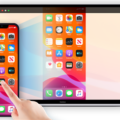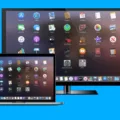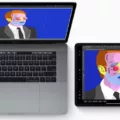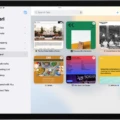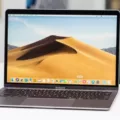Are you loking for a way to mirror your Macbook to your iPad Pro? If so, you’ve come to the right place! In this blog post, we’ll discuss the different ways you can use AirPlay or USB to connect your Macbook and iPad Pro and how you can mirror your Macbook to your iPad Pro.
Mirroring your Macbook to an iPad Pro is an easy process that alows you to extend or duplicate the display of your Macbook on the larger display of the iPad Pro. This gives you the flexibility of using a single device as if it were two separate devices. The process is fairly straightforward and should take no more than a few minutes.
The firt step is connecting your Macbook and iPad Pro. To do this, you can either use AirPlay or USB-C. To use AirPlay, ensure that Bluetooth, Wi-Fi, and Handoff are turned on and make sure that both devices are logged in with the same Apple ID. Then, click on the AirPlay button in the menu bar on your Macbook and select your iPad Pro from the list.
If you prefer to use USB-C instead of AirPlay, connect both devices with a USB-C cable. Then open Finder on your Macbook and select the device in its sidebar; under General in its button bar check “Show this device when on Wi-Fi”. Finally, make sure both devices are connected to the same Wi-Fi network so they can sync their content wirelessly.
Once both devices are connected, it’s time to start mirroring! On macOS Big Sur open Control Center or go in its menu bar and select Display > Screen Mirroring; then select one of three options: Extend Desktop (which will extend the desktop across both displays), Mirror Displays (which will duplicate what’s shown on one display onto another) or Aspect Fill (which will fill one display while maintaining aspect ratio). For macOS Monterey choose Screen Mirroring from its menu bar instead.
That’s all there is to it! With just a few simple steps you can now extend or duplicate the display between your Macbook and iPad Pro for maximum productivity or entertainment value!
Mirroring a Macbook Pro to an iPad
Mirroring your Macbook Pro to your iPad can be done by using AirPlay or Screen Mirroring.
To use AirPlay, you will need to make sure your Macbook Pro is running macOS Monterey or later and that both devices are connected to the same Wi-Fi network. Then, click the AirPlay icon in the menu bar on your Macbook Pro, select your iPad from the list of available devices and then choose either Mirror Built-in Retina Display or Mirror Apple TV.
To use Screen Mirroring, you will need to make sure your Macbook Pro is running macOS Big Sur or later and that both devices are connected to the same Wi-Fi network. Then, open Control Center on your Macbook Pro and select Display from the menu, select your iPad from the list of available devices and then choose either Mirror Built-in Retina Display or Mirror Apple TV.
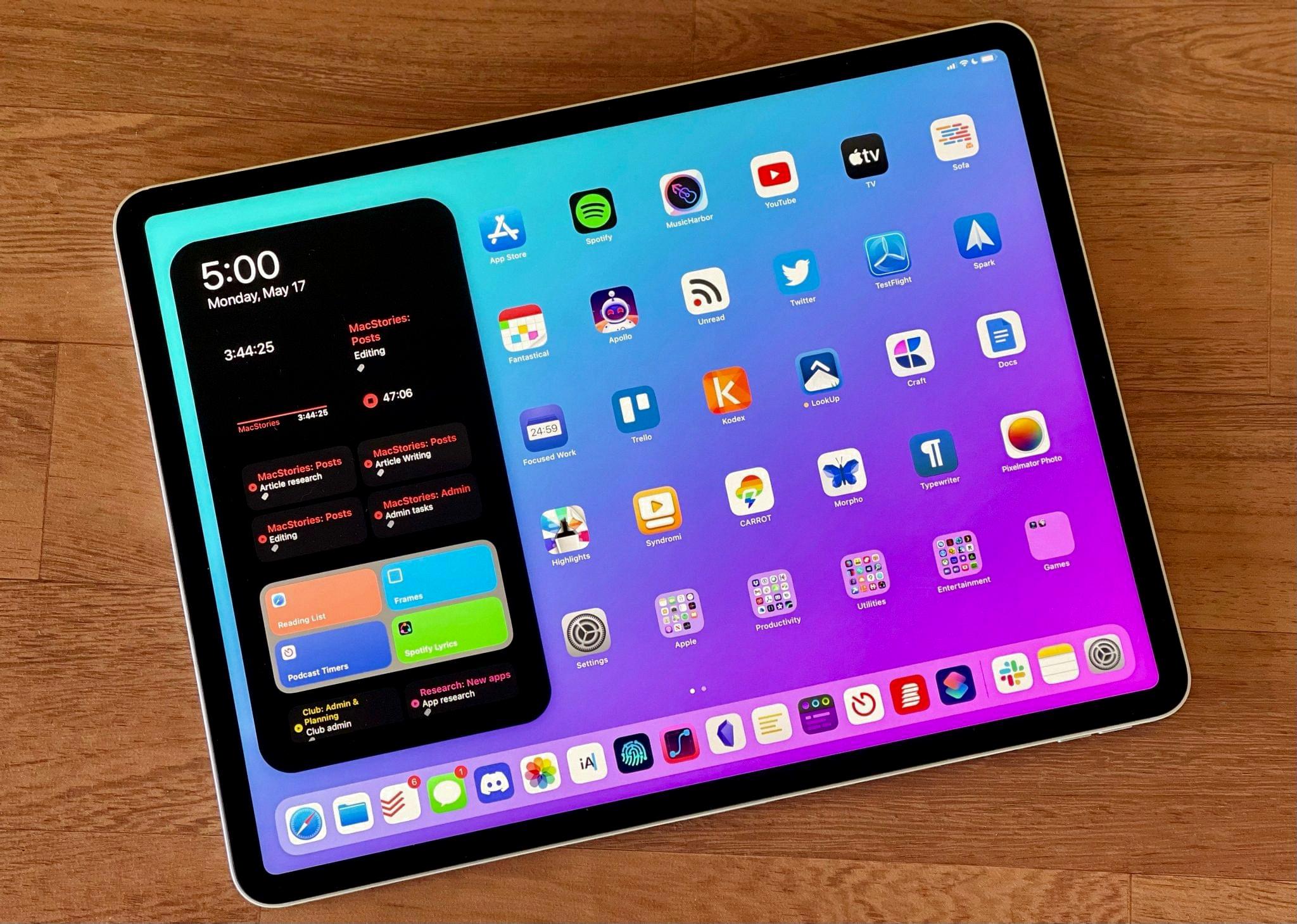
Source: macstories.net
Using an iPad as a Second Monitor for a Mac
Yes, you can use your iPad as a second monitor for your Mac. To do so, make sure both devices are connected to the same Wi-Fi network and that Bluetooth, Wi-Fi, and Handoff are enabled on both devices. Additionally, you must be logged in to the same Apple ID on both devices. Finally, click the AirPlay button in your Mac’s menu bar and select your iPad from the list to begin uing it as a second monitor. You can also connect your iPad to your Mac over USB if you prefer a wired connection.
Connecting an iPad to a Macbook Pro Wirelessly
To connect your iPad to your Macbook Pro wirelessly, you will need to make sure both devices are connected to the same Wi-Fi network. Once you have done this, open the Finder on your Mac and select your iPad in the sidebar. Click General in the button bar and then select the “Show this [device] when on Wi-Fi” checkbox. This will enable you to access content from your iPad on your Macbook Pro without having to use a USB or USB-C cable.
Syncing a Macbook Pro with an iPad Pro
Yes, you can sync your Macbook Pro with an iPad Pro. To do this, you will need to use eiher a USB cable or Wi-Fi connection.
Using a USB cable, connect the two devices together and open iTunes on your Macbook Pro. Make sure that the iPad Pro is selected in the Devices list, then go to File > Devices > Transfer Purchases from “iPad Pro”. This will sync all of your purchases from the iPad Pro to your Macbook Pro.
You can also set up to sync wirelessly when your Mac and device are connected to the same Wi-Fi network. To do this, open Settings on your iPad Pro and select General > iTunes Wi-Fi Sync > Sync Now. When prompted, enter the same Apple ID and password used on both devices for authentication. Once these steps have been completed, syncing between your Macbook Pro and iPad Pro should begin automatically whenever they are both connected to the same Wi-Fi network.
Mirroring a Laptop to an iPad
Yes, you can mirror your laptop to your iPad. To do this, you will need to connect both devices to the same Wi-Fi connection. Then open the app on your iPad, turn on Airplay + Mirroring, and select your PC from the list. Once this is done, you shuld be able to view the contents of your laptop screen on your iPad.
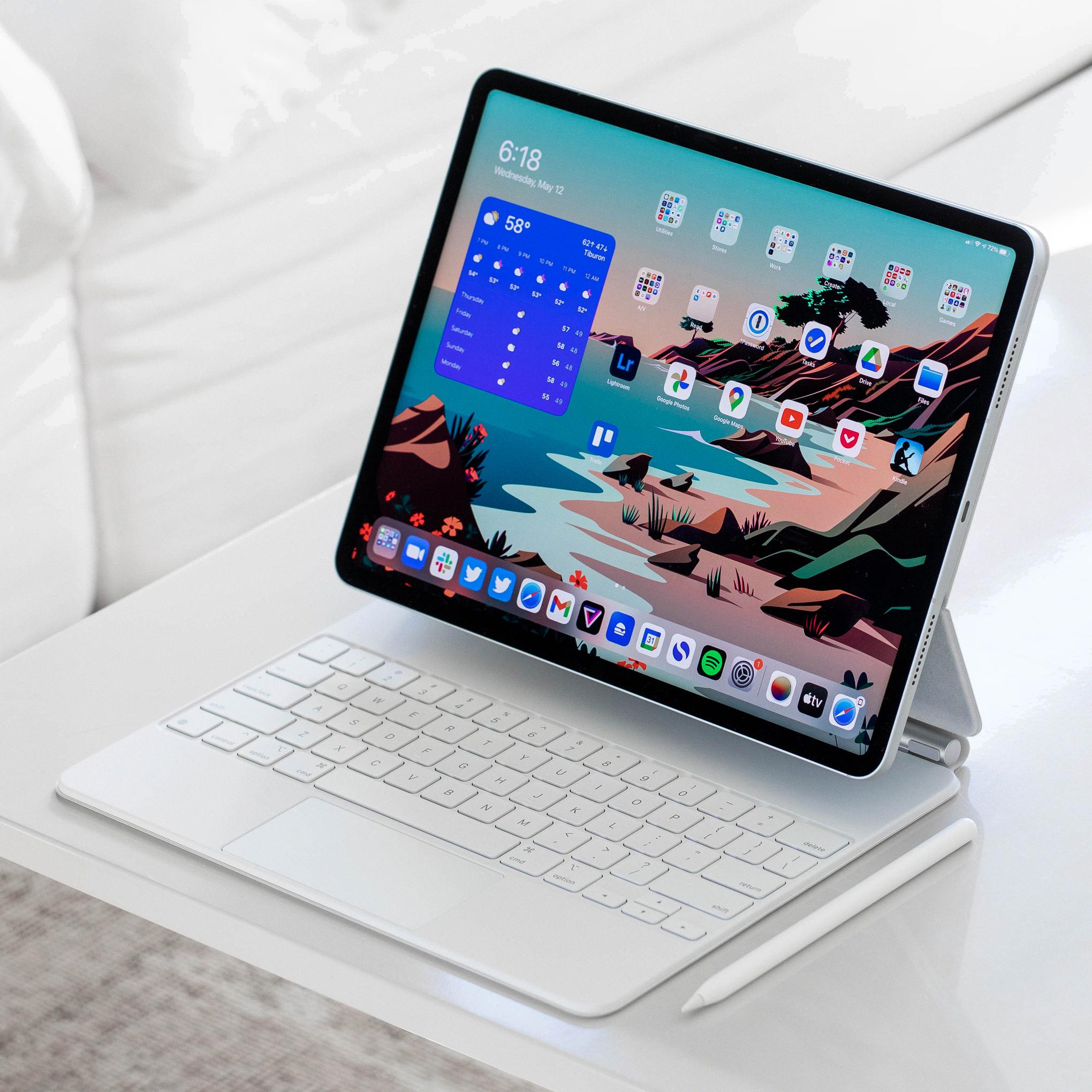
Source: theverge.com
Using an iPad as a Monitor
Yes, it is posible to use your iPad as a monitor with the right cable or adapter. Depending on what type of secondary display you want to connect to (such as a computer display, TV, or projector), you will need to purchase the correct type of cable or adapter. Once you have the necessary connection set up, it is possible to display your iPad screen on the secondary display. If you want to extend the workspace of your Mac by connecting it to your iPad, you can use Apple’s Sidecar feature. This will allow you to move windows from one device to another, as well as use your iPad as an input device for Mac apps.
Using an iPad as an External Monitor
Yes, you can use your iPad as an external monitor for your Mac or PC. There are several apps avaiable that allow you to do this, such as Duet Display, AirDisplay, iDisplay, and Splashtop XDisplay. These apps work by installing one app on the iPad and a companion app on the paired computer. Once installed, the iPad will appear as an additional display on your computer device and you can use it to extend your desktop or move applications from one display to another. You can also customize how the displays interact with each other, such as setting the orientation of each display or changing the resolution of each display. This way, you can make full use of your iPad’s larger screen for increased productivity.
Troubleshooting Screen Mirroring Issues on Mac
If your Mac is not showing up on screen mirroring, it could be for a number of reasons. First, make sure that AirPlay is enabled on both the Mac and the device you are tryng to mirror to. Then, ensure that both devices are connected to the same network. Additionally, if your Mac is running macOS Sierra or earlier, make sure that “Show mirroring options in the menu bar when available” is checked in the Displays settings panel. Finally, you may need to reset your router or restart any other networking devices in order to establish a connection between the two devices.
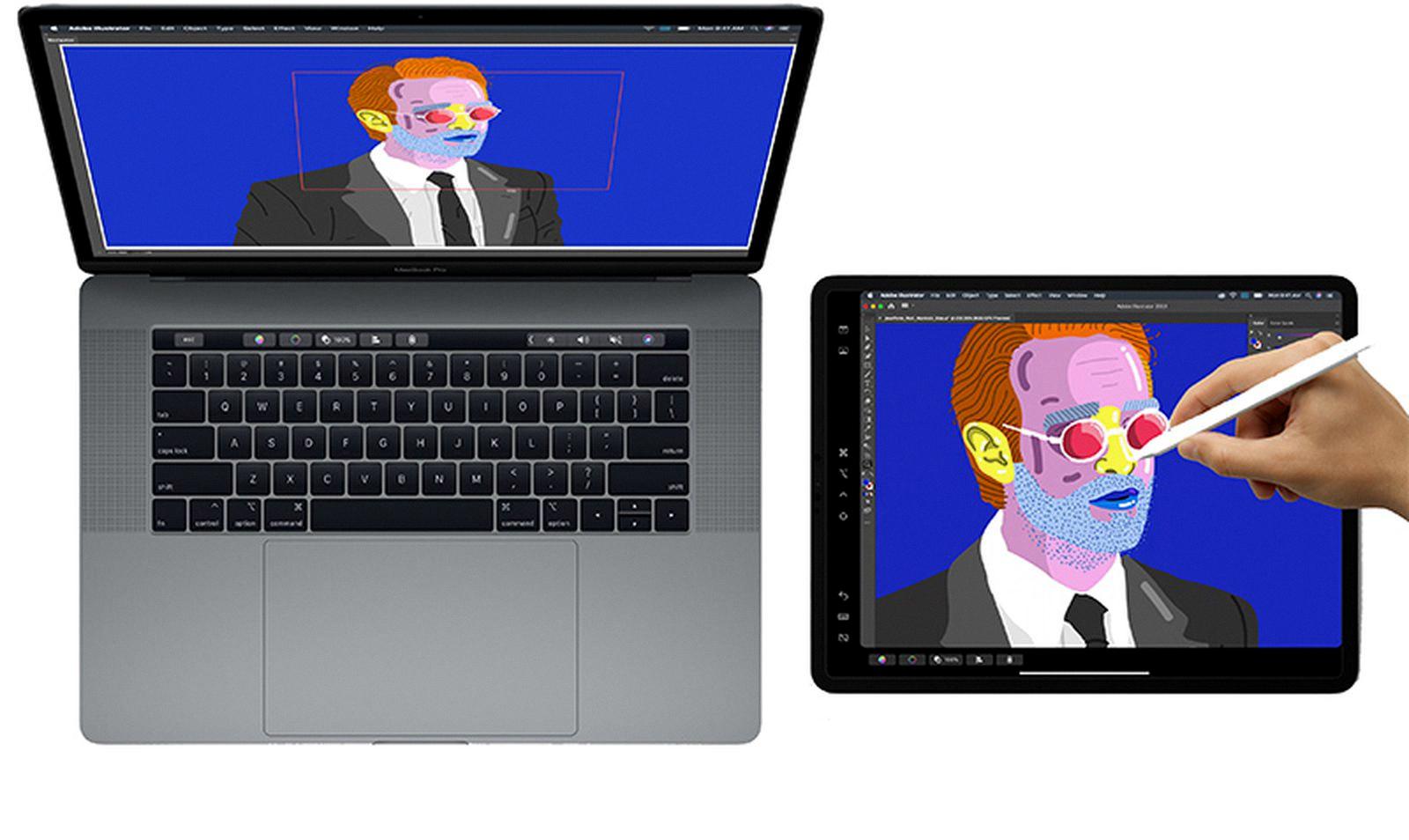
Source: macrumors.com
Troubleshooting Mac-iPad Pairing Issues
It’s possible that your Mac and iPad are not compatible, or that the software on one of the devices is outdated. You can check the compatibility requirements for both devices and ensure they match up. Additionally, make sure you have the latest version of macOS and iOS installed on each device. If you’re stil having trouble, try resetting your network settings or pairing the two devices again from scratch.
Connecting an iPad to a Macbook Pro via Bluetooth
Yes, you can connect your iPad to your Macbook Pro via Bluetooth. To do so, go to the Apple menu on your Mac and select System Preferences, then click Bluetooth. Select the device (your iPad) in the list and click Connect. Depending on what type of device you are connecting, you may need to enter a passcode or confirm the connection on both devices. Once connected, you can use the device with any compatible apps or services that support Bluetooth connections.

